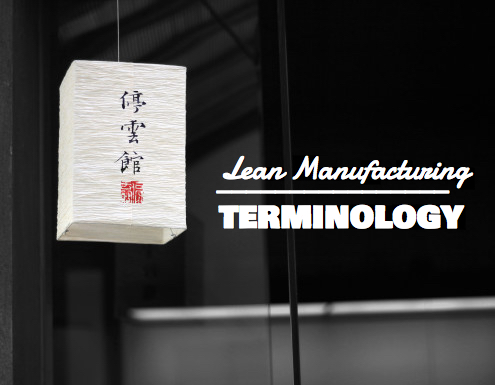
Waste is defined as anything that consumes resources (time, money, energy etc) but does not add value for the customer. It is something that the customer is not willing to pay for.
There are seven types of waste:
- Waiting
- Overproduction
- Rejects
- Excess Motion
- Over Processing
- Inventory
- Transportation
Overproduction is considered the worst of the seven wastes because it can create all of the other wastes as well! Overproduction can lead to waiting. As an example, consider an assembly line that produces more units than required. Eventually a bottleneck of work in process (WIP) will form somewhere and soon the line will have to stop to allow the constraint to be relieved. Then the operators on the line will be waiting for the bottleneck to clear.
Examples of waiting in manufacturing processes
Man
If the operator is missing from a cell or assembly line then the work can not continue. No value is being added. There are a number of reasons for this including unscheduled breaks, sickness, absence, operator searching for equipment or tools.
Another reason for the operator to be missing is if an accident has occurred. Safety should be a primary concern in all manufacturing facilities. Prevention of accidents should always be a top priority. However, the time spent administering first aid and cleaning up after an accident, performing an investigation etc can all cause waiting in the process.
Material
Another waiting in manufacturing example is when material is missing. If the correct parts do not arrive at the correct location at the correct time in the correct quantity, then waiting will ensue.
Once a process has been stabilised, the next focus should be to implement flow. Flow is the state where this type of waiting has been removed. The process operates efficiently without a bottleneck to cause delays.
Many of the lean tools are aimed at reducing waiting and implementing flow including kanban, standard work, PFEP etc.
Machine
Machine breakdowns are probably the single biggest cause of waiting in manufacturing. If manufacturing machines are not maintained correctly, over time they begin to underperform. This usually starts with minor annoyances, but over time can lead to larger problems and even catastrophic machine failure which requires days or weeks to repair, especially if the necessary spare parts are not readily available.
Lean tools aimed at reducing this are TPM and OEE. Also SMED or Quick Changeover are designed to minimise the waiting that occurs during a part changover.
Method
Unbalanced takt and cycle times can cause waiting because different cells or stations produce at different rates. Inevitably this leads to an accumulation of inventory or work in process that causes delays. The operators with the lower cycle times then end up waiting, while the slower stations catch up. This can be a real cause for concern, not only from a velocity perspective, but from a team member engagement point-of-view. If they don’t feel like the team are working together and work is building up by their station they can become disgruntled. They may also rush to catch up which usually deviates from the standard work and can lead to quality concerns and rejects.
Other things to consider with the method are tools and fixtures. An operator should not be waiting for the correct tools and fixtures to be able to complete their cycle. Tools should be readily available and easily identifiable. Good housekeeping, 5S and visual standards will help ensure any searching for tools is minimised.
Another element of the process that is often overlooked is the information flow. On a value stream map both the product flow and the information flow is plotted. Delays in getting the correct information to the correct people can cause waiting in the manufacturing process.









